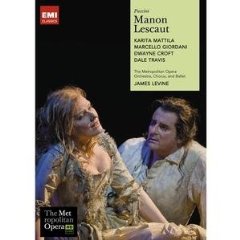
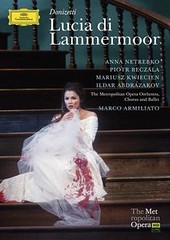

Ópera
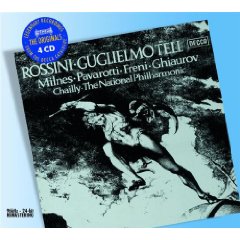

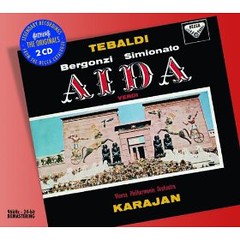
Recital / Concerto Lírico


Jazz

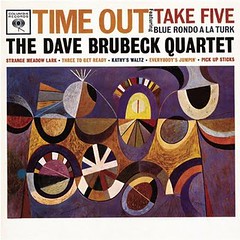
nota: esta lista comprrende as obras que, pessoalmente, se destacaram em 2009. Parte delas data de anos anteriores.
Ópera, ópera, ópera, ópera, cinema, música, delírios psicanalíticos, crítica, literatura, revistas de imprensa, Paris, New-York, Florença, sapatos, GIORGIO ARMANI, possidonices...
















He would almost surely pose a list of questions to Peter Gelb, the Met’s general manager, and Mr. Levine: “Great. So, who is the tenor in the title role? How big will the orchestra be? Should we spruce up the orchestration? Do you need other changes? Are you going to perform it in English? I would assume so. It makes sense for a New York audience.”


 el delirio. En ese tramo final del concierto Bartoli incorporó incluso plumas de marabú: sin ellas, en efecto, no se entiende el mundo de los castrados. El barroco es así de deslumbrante.»
el delirio. En ese tramo final del concierto Bartoli incorporó incluso plumas de marabú: sin ellas, en efecto, no se entiende el mundo de los castrados. El barroco es así de deslumbrante.»
